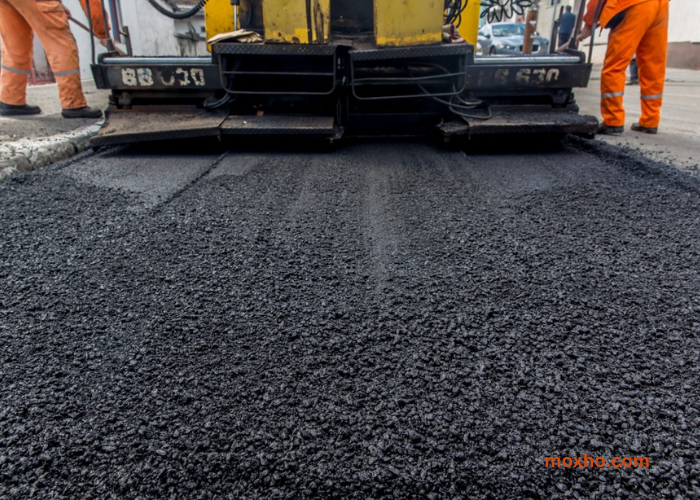The correct curing of asphalt is a vital component of paving operations that is sometimes disregarded. The process of curing asphalt is what gives it its strength and longevity. This crucial phase guarantees the durability and functionality of the asphalt surface. Improper curing of asphalt can result in expensive repairs, early degradation, and cracking.
Factors That Affect the Curing Time of Asphalt
A number of elements influence the asphalt drying time. You can organize and oversee your paving jobs more effectively if you are aware of these factors. The outside temperature should be taken into account initially. Colder temperatures tend to slow down the curing process, but higher temperatures tend to speed it up. The asphalt layer’s thickness also affects how long it takes to cure. Since heat and air must permeate deeper into thicker layers, curing takes longer.
The composition of the asphalt mix also affects curing. Finally, the level of traffic or load on the newly paved surface can affect curing. Heavy traffic can impede the process and potentially lead to surface damage.
Common Methods for Curing Asphalt
Fortunately, several widely used methods for curing asphalt can help you achieve faster and more efficient results.
Curing Compound
One common method is the use of a curing compound. These compounds are liquid solutions sprayed onto the asphalt surface, forming a thin film that seals in moisture and prevents premature evaporation. Curing compounds are particularly useful in hot and dry climates, where moisture loss can be a significant challenge.
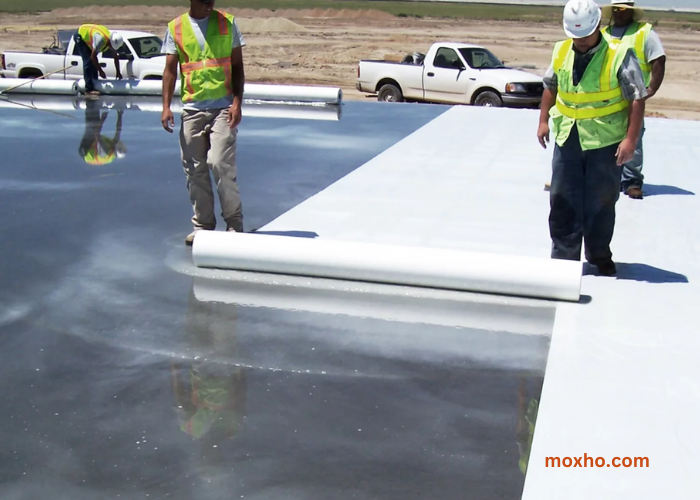
One traditional and effective method for curing asphalt is the use of water. Water curing involves spraying or sprinkling the newly paved surface with water at regular intervals. This method ensures constant moisture, which is vital for proper asphalt curing. Water curing is commonly used for smaller projects or when other curing methods are not feasible.
Tips for Accelerating the Curing Process
While curing methods can enhance the asphalt curing process, there are additional tips and techniques to accelerate the hardening and achieve faster curing times.
- Clean and free from debris: Maintaining a spotless and debris-free asphalt surface is one useful tactic. Debris can slow down the curing process of asphalt by preventing heat and air from getting to it. Maintaining ideal conditions for curing can be aided by routine sweeping and cleaning.
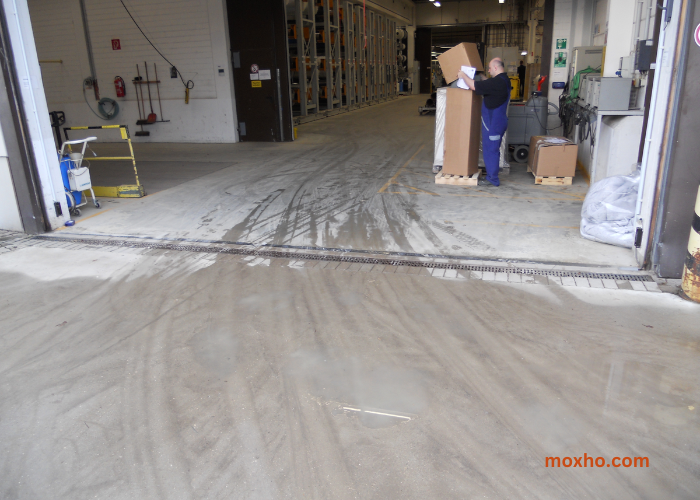
- Using heaters: Adjusting the ambient temperature can significantly impact curing times. Using heaters or infrared technology to raise the temperature of the asphalt can speed up oxidation and shorten curing time. However, caution must be exercised to ensure that the temperature increase is within the recommended range and does not cause damage to the asphalt.
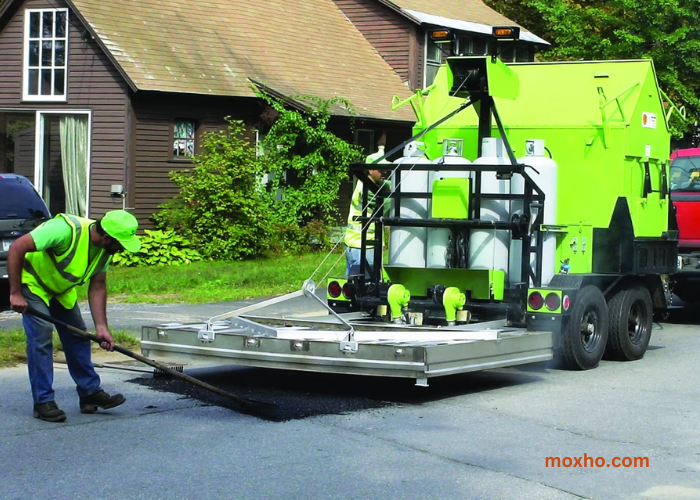
- Adequate ventilation: Another tip is to provide adequate ventilation during the curing process. Proper airflow allows for better heat exchange, expediting the oxidation reaction. This can be achieved by removing barriers that restrict air movement and positioning fans strategically to promote air circulation.
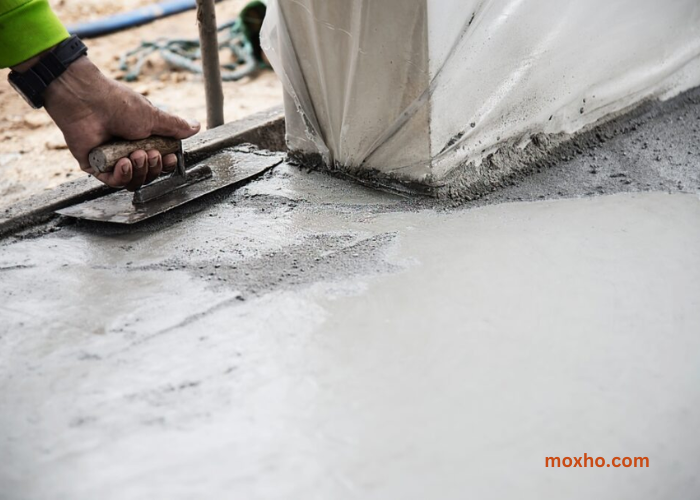
Using Additives to Speed Up Asphalt Curing
The application of additives can speed up the asphalt curing process even further, in addition to curing techniques and advice. Materials known as additives are used with asphalt binders to change some of their characteristics. Certain additives are made expressly to lengthen the asphalt’s curing period and boost its overall effectiveness.
A curing accelerator is one ingredient that is frequently utilized. Chemical substances known as “curing accelerators” quicken the rate of oxidation, which speeds up the curing process. Typically, during the production process, they are added to the asphalt mix. Accelerators for curing might be very helpful in colder locations or when time is of importance.
Another additive that can speed up asphalt curing is the use of fibers. Fiber additives, such as cellulose or polyester fibers, improve the cohesion and strength of the asphalt mix. This reinforcement allows for quicker curing and increased resistance to cracking. Fiber additives are commonly used in high-stress areas, such as intersections or heavy traffic zones.
Best Practices for Maintaining Cured Asphalt
For the asphalt to last and function well once it has been cured, appropriate care is essential. To spot any indications of degradation or damage, routine inspections must be carried out. In order to stop more degradation and preserve the structural integrity of the asphalt surface, repairs should be made.
Routine sweeping and cleaning should be done in addition to repairs in order to get rid of debris and stop moisture and grime from building up. Another crucial maintenance procedure that shields the asphalt from chemicals, UV light, and water infiltration is the seal coating. Frequent seal coating helps preserve the asphalt’s look and increase its lifespan.
Proper traffic management is also essential for maintaining cured asphalt. Heavy loads or excessive traffic can lead to premature wear and tear. Implementing weight restrictions, using traffic control measures, and educating users on proper usage can help preserve the integrity of the asphalt surface.
Tools and Equipment
To achieve faster and more efficient asphalt curing, it is essential to utilize the right tools and equipment. One crucial piece of equipment is an infrared heater. Infrared heaters emit radiant heat that can be directed onto the asphalt surface, raising its temperature and accelerating the curing process. These heaters are portable and can be easily maneuvered on the job site.
Another useful tool for curing asphalt is a sprayer or sprinkler system. These tools allow for precise and controlled application of curing compounds or water. They ensure an even distribution of the curing material, maximizing its effectiveness and promoting uniform curing.
The use of fans or blowers can aid in achieving proper ventilation and air circulation. These tools help maintain consistent temperature and accelerate the oxidation process. Fans should be positioned strategically to optimize airflow across the asphalt surface.
Conclusion
Proper asphalt curing is vital for the longevity and performance of any paving project. By understanding the importance of curing, the factors that affect curing time, and the various methods and techniques available, you can achieve faster and more efficient asphalt curing. With proper curing, you can achieve durable asphalt surfaces that withstand the test of time, providing safe and smooth roads, parking lots, and driveways for years to come.
